Early Life

Born in New York on September 18, 1896, Thomas Lamb was always fascinated by the mechanics of the human body. After financial hardships forced Lamb to leave high school, he began working at a textile design studio, taking night classes at the Art Students League. He spent his spare time learning anatomy from a plastic surgeon in exchange for doing medical drawings. Several years later, he invested in his own textile studio. Lamb was a success and his handkerchief, scarf, napkin, and other household fabric designs could be seen throughout New York department stores. The collection at Hagley contains numerous original, hand-painted textile designs.
1920s - 1930s
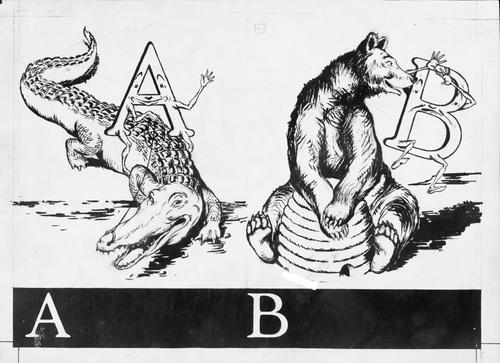
In addition to designing textiles, Lamb soon illustrated children’s comics and books. Good Housekeeping magazine began running the serial cartoon "Kiddyland," which featured children and animals engaged in fantastical play. Kiddyland’s success grew into an entire line of children’s toys and products. The collection at Hagley includes hundreds of Lamb’s original sketches, proofs, and tracings along with many artifacts such as children’s toys, accessories, and books.
World War II
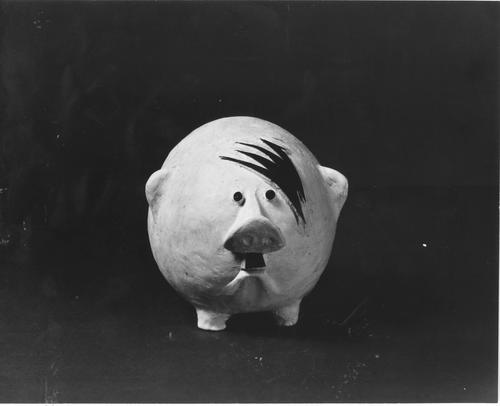
Lamb was a staunch supporter of the war effort. He put his artistic skills to use by designing various products to promote patriotism. He wrote an unpublished treatise called “A Way to American Security,” which outlined various criteria required to be a true American and suggestions for maintaining security abroad. Most famously, he designed a piggy bank in the likeness of Adolf Hitler. “Save for Victory, Make Him Squeal” appeared in bold writing around the money slot, which squealed when money was deposited.
Veterans and the “Lim-Rest” Crutch
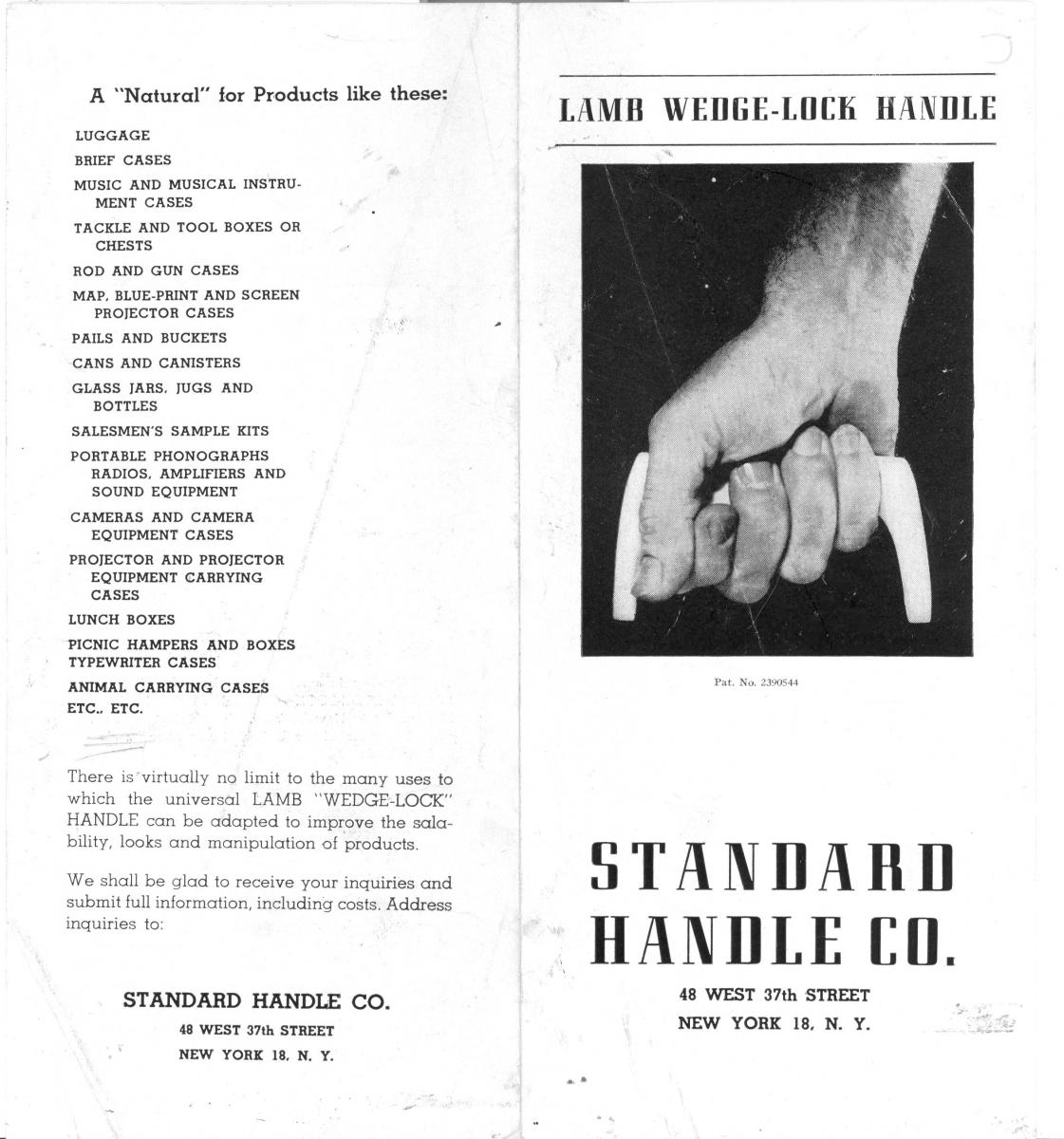
Seeing the many wounded GI’s returning home only to suffer painful difficulties and complications from poorly designed crutches, Lamb put his anatomical and design skills to work to develop a completely new crutch. He made extensive surveys and mechanical drawings of the human hand and eventually developed the “Lim-Rest” crutch. The physiological principles that he explored in this project led to the development of the Wedge-Lock handle.
The Lamb Wedge-Lock Handle
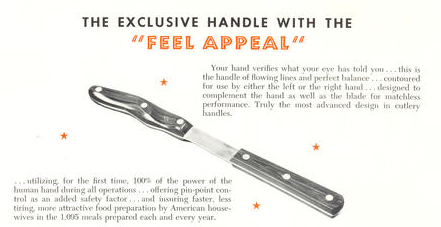
Due to the expense of its manufacture, the Lim-Rest crutch never reached mass-production. However, Lamb’s revolutionary handle could be found on a growing number of popular products. Lamb worked tirelessly to adapt the handle to as many different applications as possible. Each item had the unique Lamb design that created appropriately positioned grooves that apportioned weight to each finger. The collection at Hagley has hundreds of prototypes and corresponding drawings for cutlery, kitchenware, sports equipment, luggage, housewares, and tools. The Cutco Company produced the best known of these adaptations in their famous knives.
Lamb and Universal Design
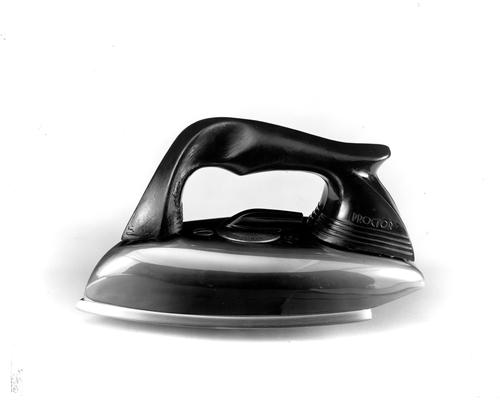
Lamb designed products with the human body in mind. His handles underwent constant evolution as he meticulously tinkered with their design. He wanted his handles to be used comfortably by as many people as possible. His attention to anatomy, people’s varying body sizes and abilities, and universal functionality formed the foundation of the Universal Design movement. Thomas Lamb died in 1988.
Click here for more information about the Thomas Lamb Papers at Hagley.
View selected items from this collection in the Hagley Digital Archives

